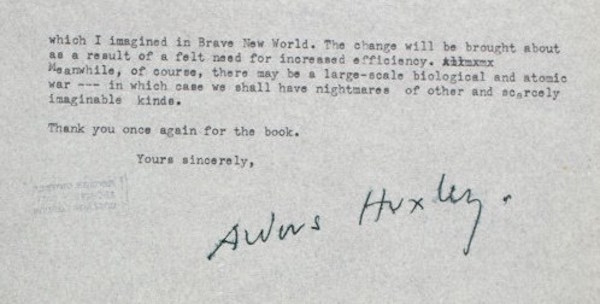Introduction
Punctuation is an essential aspect of written language, guiding the reader’s understanding of the text’s intended meaning and conveying the author’s tone and emphasis. It has evolved over time and changed with the development of written language and printing technology. In this article, we will explore the history and evolution of punctuation from classical antiquity to modern times, including obsolete punctuation marks and the emergence of emojis as a new form of punctuation.
Punctuation in Classical Antiquity
Punctuation in the classical era was minimal, and the earliest forms of punctuation consisted of spaces between words. However, as written language became more complex, more punctuation marks emerged. In ancient Greece, punctuation marks such as the percontation point (⸮) and the coronis (a half-circle) were used to indicate questions and conclusions, respectively. The Greeks also used the hypodiastole (a vertical line) to mark the end of a sentence.
Middle Ages and the Age of Reason
During the Middle Ages and the Age of Reason, punctuation continued to evolve. In the ninth century, the Catholic Church introduced punctuation to aid in the reading of scripture. Punctuation marks such as the punctus (a dot), virgula (a comma), and the punctus elevatus (an upward-pointing arrow) were used to indicate different pauses and intonations. In the fourteenth century, the Italian poet Petrarch introduced the use of the modern comma, colon, and period.
Rise of the Printing Press and Modern Era
The invention of the printing press in the fifteenth century revolutionized the written word and made books and manuscripts more widely available. This led to standardization in punctuation, and printers created new punctuation marks such as the asterism (a star) and printers’ flowers (ornamental marks). The development of the printing press also popularized the use of the modern exclamation point and quotation marks.
Obsolete Punctuation Marks
Some punctuation marks used in the past are no longer in use, such as the pilcrow (¶), which was used in medieval manuscripts to mark the beginning of a new paragraph, and the manicule (☞), a pointing hand used to indicate important text. Other obsolete punctuation marks include the diple (a double vertical line) and the percontation point mentioned earlier.
Emojis as a New Form of Punctuation
In recent years, emojis have emerged as a new form of punctuation. Emojis can convey tone and emotion in a way that traditional punctuation cannot. They have become so popular that in 2015, the Oxford English Dictionary named the “Face with Tears of Joy” emoji its Word of the Year. Emojis can also replace words in a sentence and change the meaning of a message entirely. For example, a simple “thumbs up” emoji can replace the phrase “I agree,” and a “fire” emoji can indicate something is excellent or exciting.
Conclusion
In conclusion, punctuation has come a long way since its earliest forms in classical antiquity. The development of written language, printing technology, and the rise of the digital age have all influenced the evolution of punctuation. While some punctuation marks have become obsolete, new forms such as emojis have emerged. Emojis, in particular, are changing the way we communicate and adding new dimensions to written language. They may not replace traditional punctuation marks entirely, but they certainly offer a new way to express ourselves in the written word.

